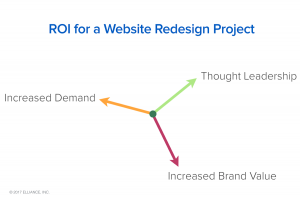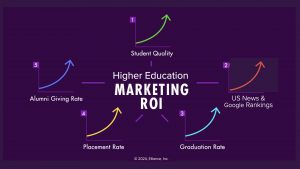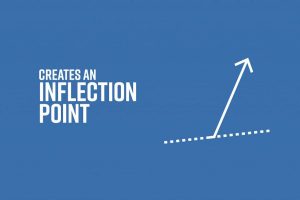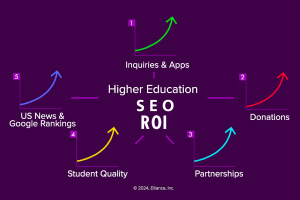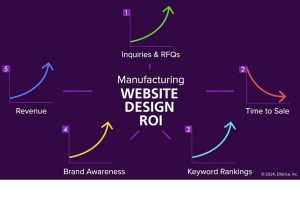
Website projects are huge undertakings. What ultimately matters is not the effort you put into them but the return-on-investment you derive from it. Making a business case for investing in a comprehensive website redesign to bottom-line-driven, quant-minded manufacturers requires hard-nosed, disciplined thinking. Remember that what you invest in a new website design will determine the […]


